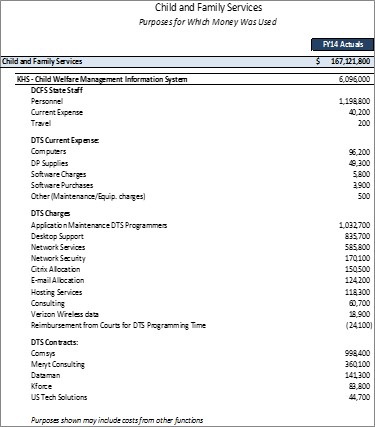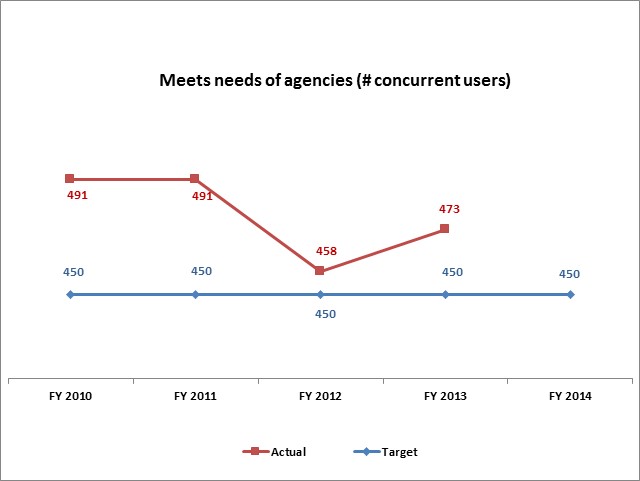This management information system, known as SAFE, provides statewide electronic case management. The system automatically develops service need lists, develops documents needed for foster care placements, maintains education and other case histories, electronically notifies caseworkers of required actions and related time frames, and facilitates report creation. It also electronically connects with other systems such as the Office of Recovery Services Information System (ORSIS) and the Contracts, Approvals, and Payments System (CAPS). It is the document of record for all child protective service cases. It also provides data for division management as well as for federal reports.
During the 2015 General Session, the Legislature appropriated for Fiscal Year 2016, $6,129,200 from all sources for Child Welfare Management Information System. This is a 5.5 percent increase from Fiscal Year 2015 revised estimated amounts from all sources. The total includes $2,744,400 from the General/Education Funds, an increase of 2.5 percent from revised Fiscal Year 2015 estimates.
For the most recent completed fiscal year, the following information represents the purposes for which the money was used:

COBI contains unaudited data as presented to the Legislature by state agencies at the time of publication. For audited financial data see the State of Utah's Comprehensive Annual Financial Reports.

